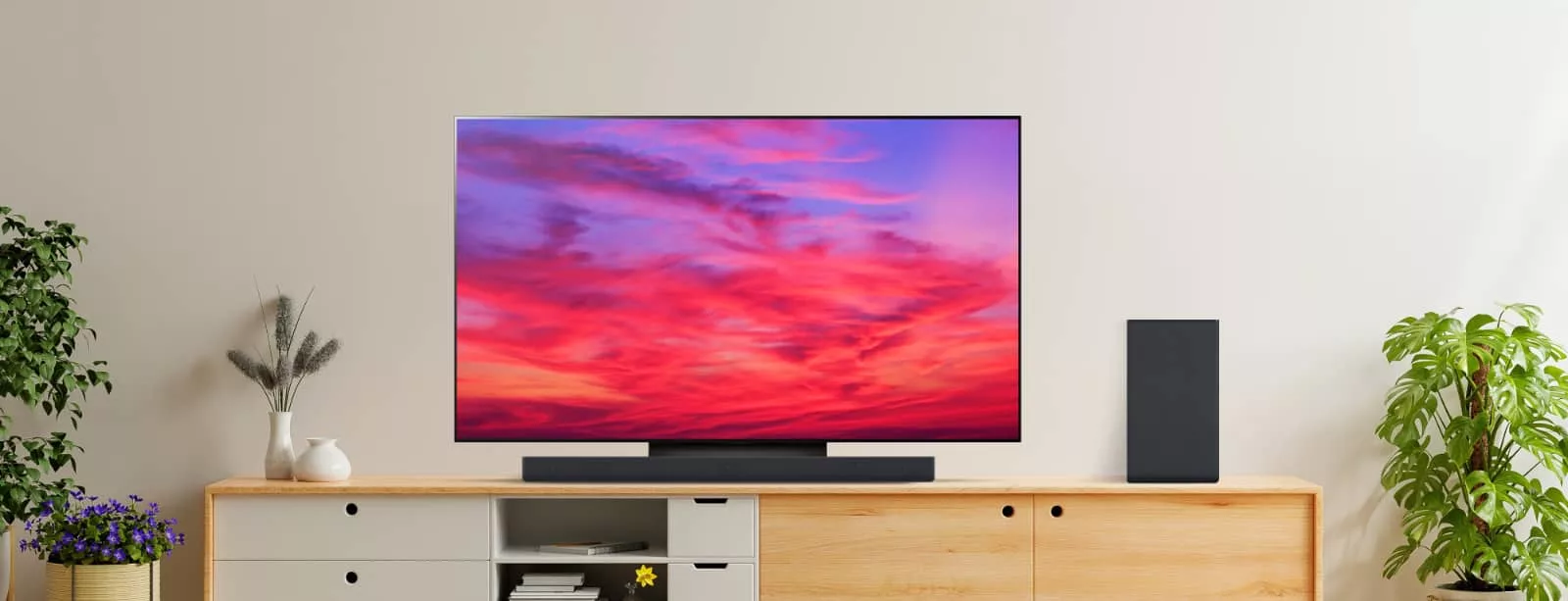New TVs are on the way from LG, and it’s not just your usual bunch of brighter and sharper displays. There are also lifestyle screens and better pricing across the board.
It’s March, and if you’re a reader of this site, you probably know what that means: it’s time for TV makers to bring their latest tech to store shelves.
Timing tends to be consistent every year, with CES at the very beginning announcing the new TVs we’ll all be seeing, and then the arrival of those screens typically running from March to May, and sometimes into June and July. There’s another show just after the middle of the year — IFA — and you can usually expect more premium models out around then, as well.
It’s the cycle of how TVs come out, and you can usually plan your purchases for it, with the latest models also pushing the older models down in price right about now, handy if you don’t mind saving a bit of money by getting last year’s tech.
But if you want this year’s tech, there is plenty of it, and it might even be better priced, which is part of what LG is going for in its 2024 range of screens. So what’s coming?
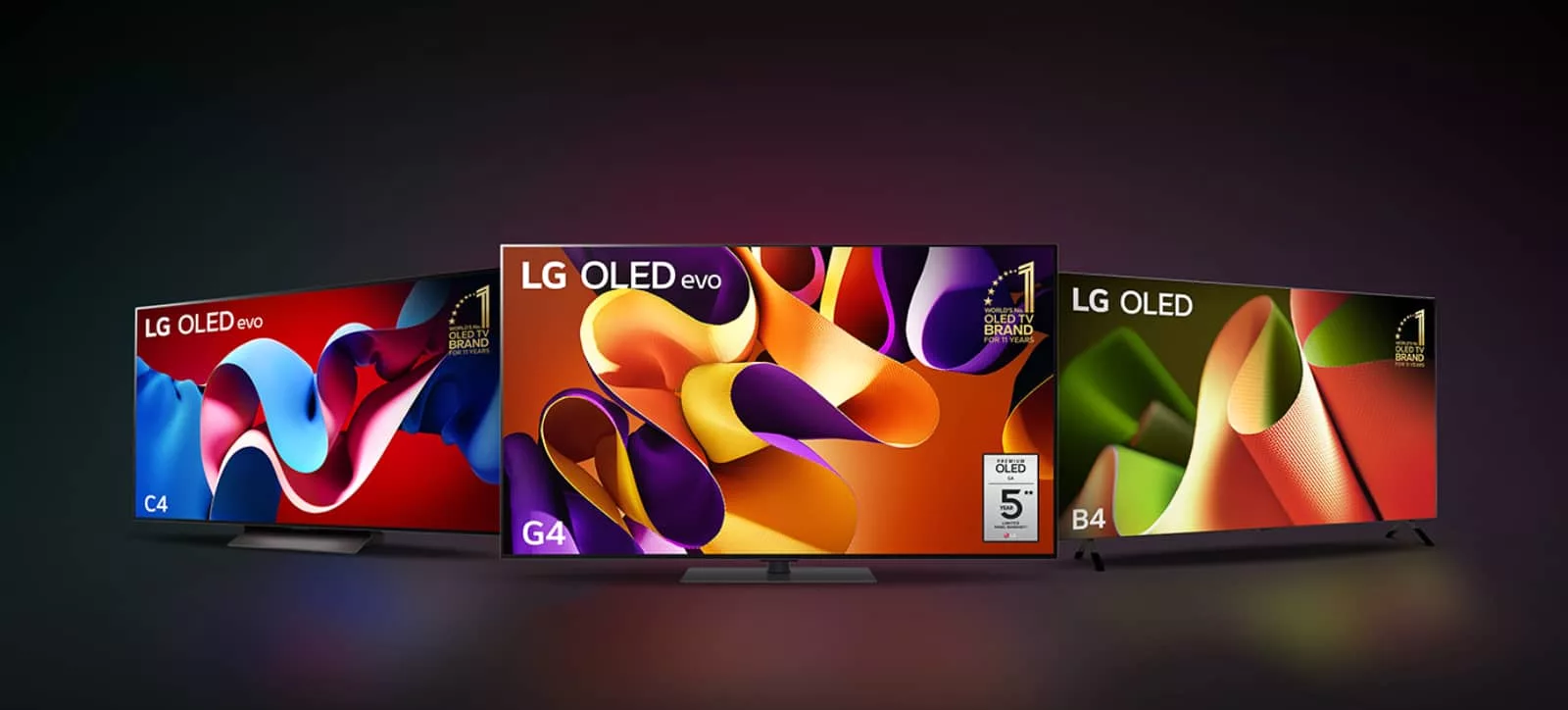
A whopping 35 OLED models are on the way, covering four ranges with several screens sizes, as well as a few quantum dot-equipped LED-backlit TVs, a portable screen in a suitcase, and three soundbars.
There’s also that transparent TV, but that won’t likely arrive until the middle of the year, and will likely come under the banner of “if you have to ask, you probably can’t afford it”.
However, the rest of the range aims to be a little more affordable, both in LED-backlit TVs and the more premium OLED variety.
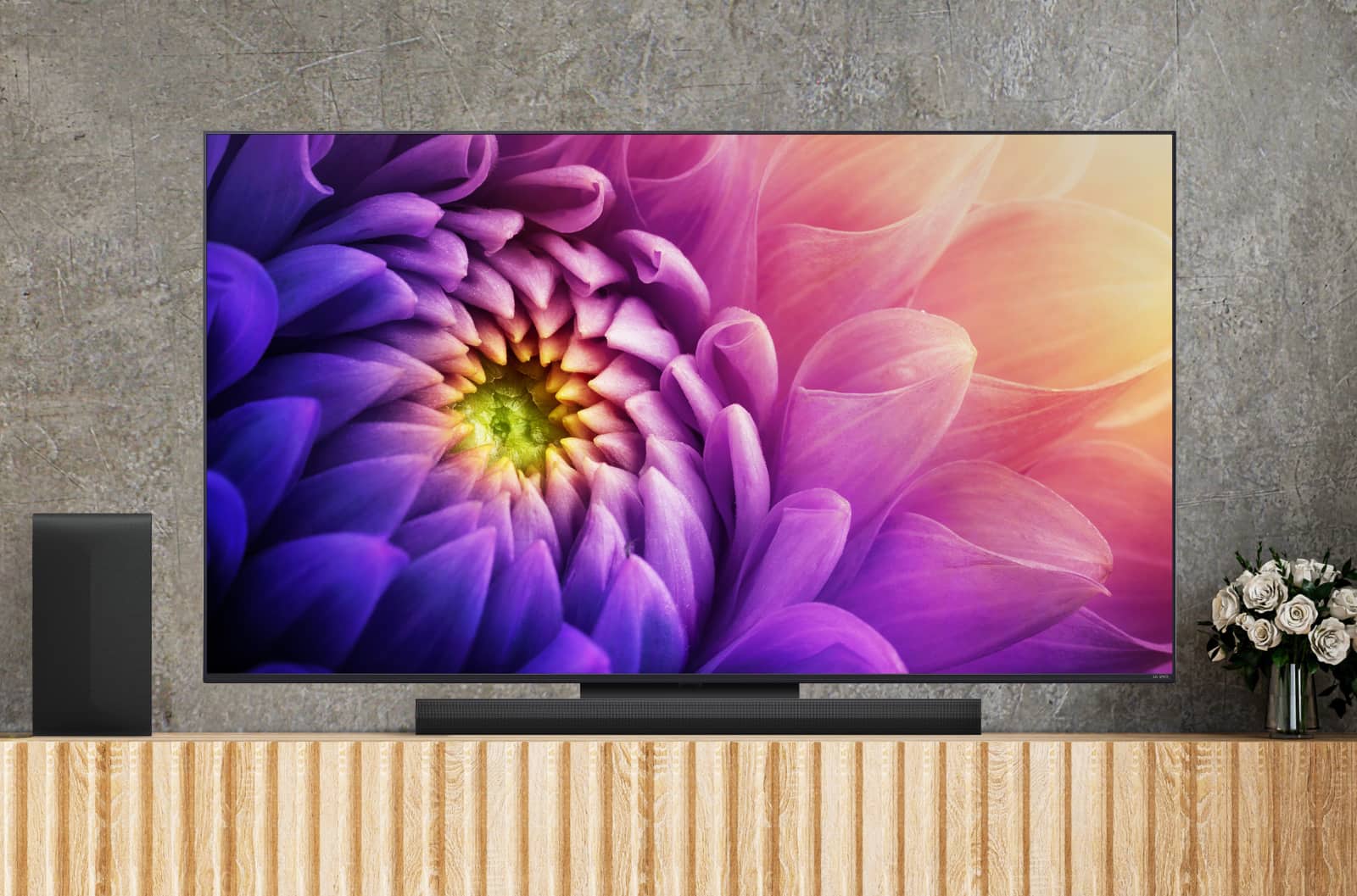
For the former, LG will have four models starting from $1099 in the 43 inch QNED81 (above), with this model stretching to a $3699 86 inch screen, and able to deliver a 75 inch model for just under $2500.
The 2024 LG QNED models will include quantum dot technology for honed colour and AI, the latter of which includes a system that will aim to improve details and understand the scene more clearly.
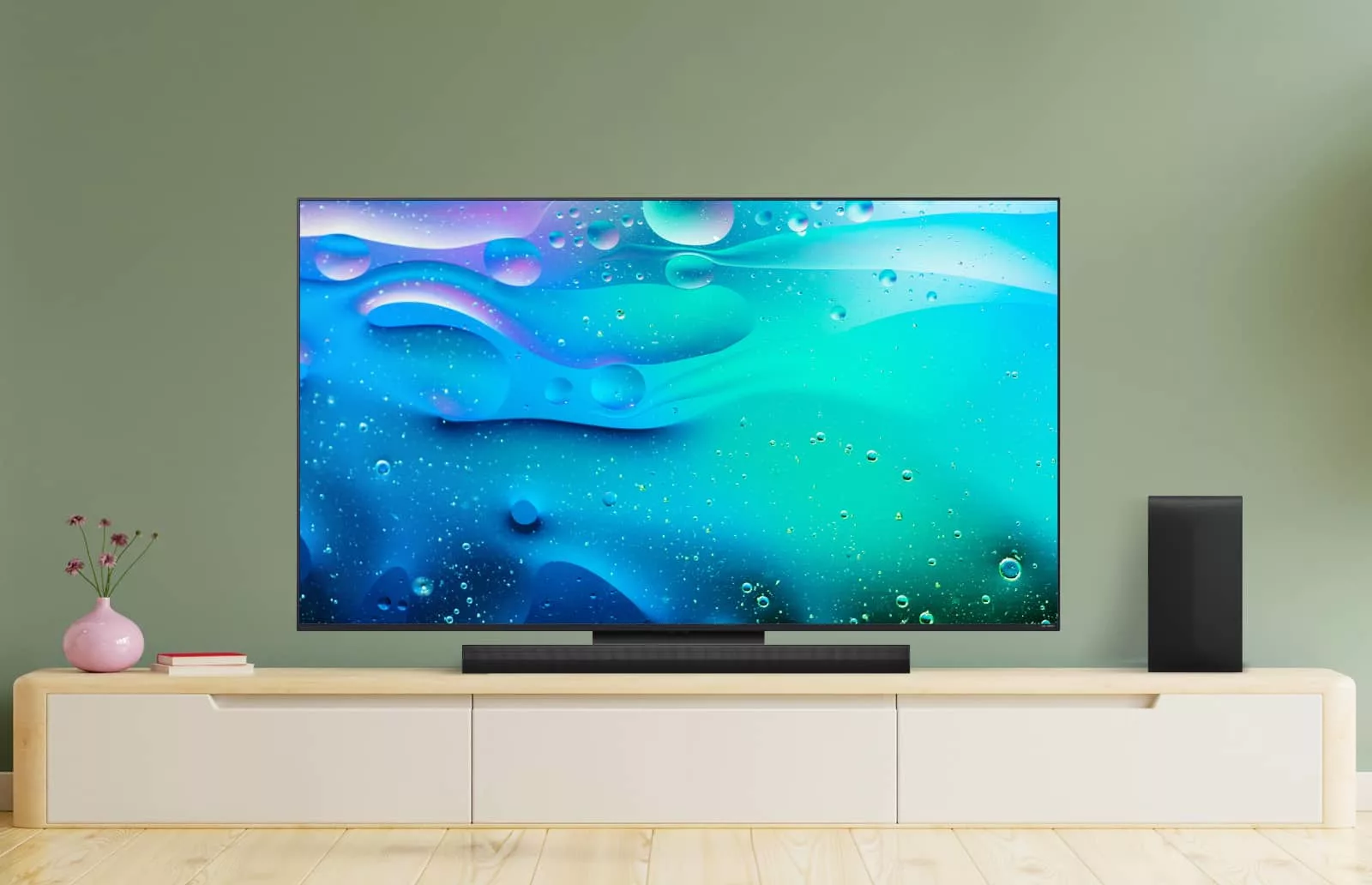
Across the 2024 QNED variety, there will be differences throughout, with the QNED86 and QNED91 also providing improvements, the latter of which uses a Mini-LED screen and supports more shades of grey to improve the image quality.
There’s also a 98 inch QNED89 coming in May, providing a 98 inch screen for under $9000 ($8999 is technically under $9K).
Next are the OLED models, and they’ll see LG bring what is seen by many to be the better of the TV technologies to more price points.
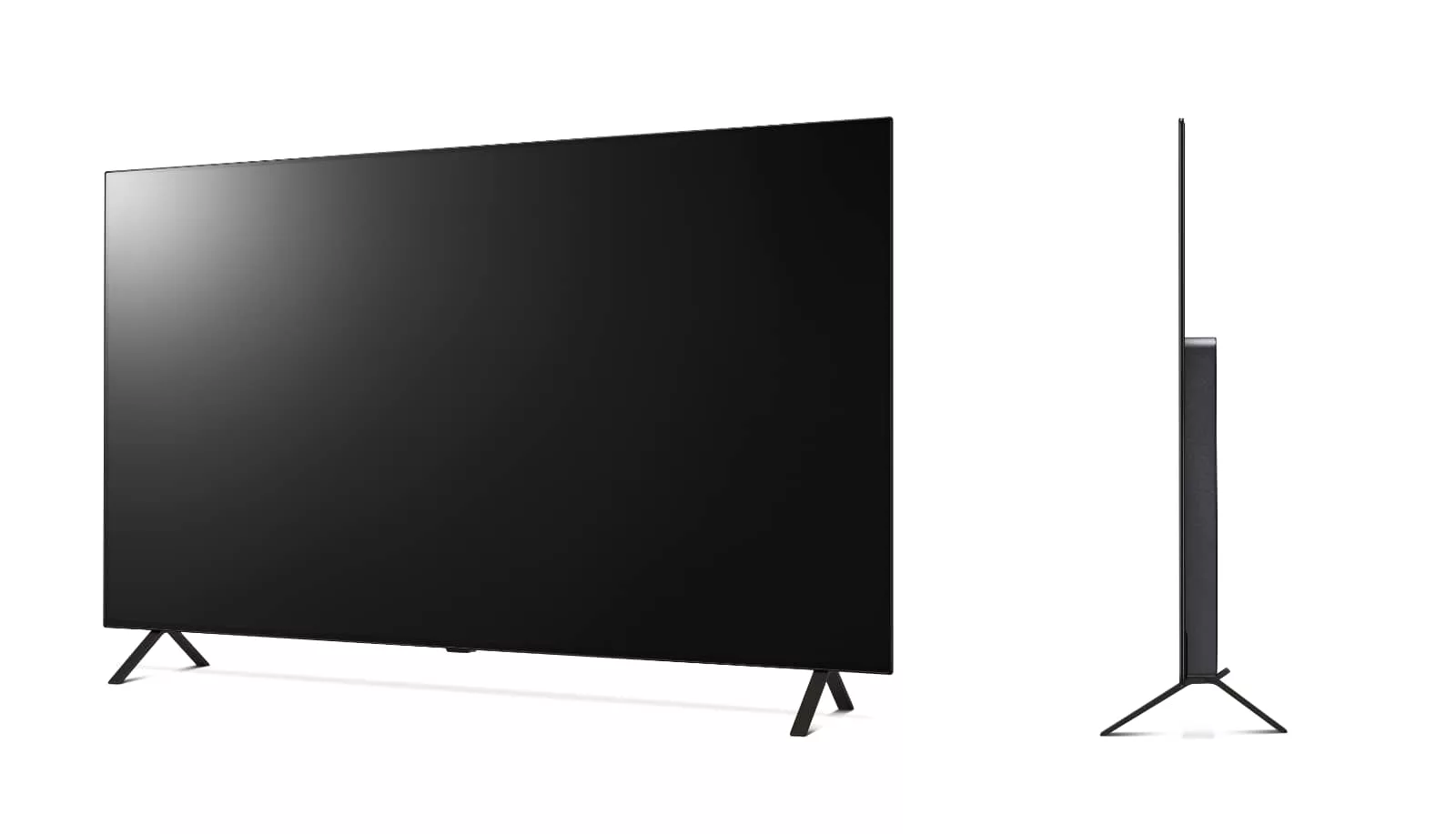
At the start of the range, there’s the LG B4 OLED priced from $2499 in a 55 inch model and $3299 for a 65 inch, and that’ll bring OLED to entry price points, though the real development is in the C-series and higher.
Called an “Evo” OLED panel, these will boast more brightness and AI features, covering improvements to upscaling, while a filmmaker mode aims to show movies the way filmmakers intended, working with Dolby Vision, too.
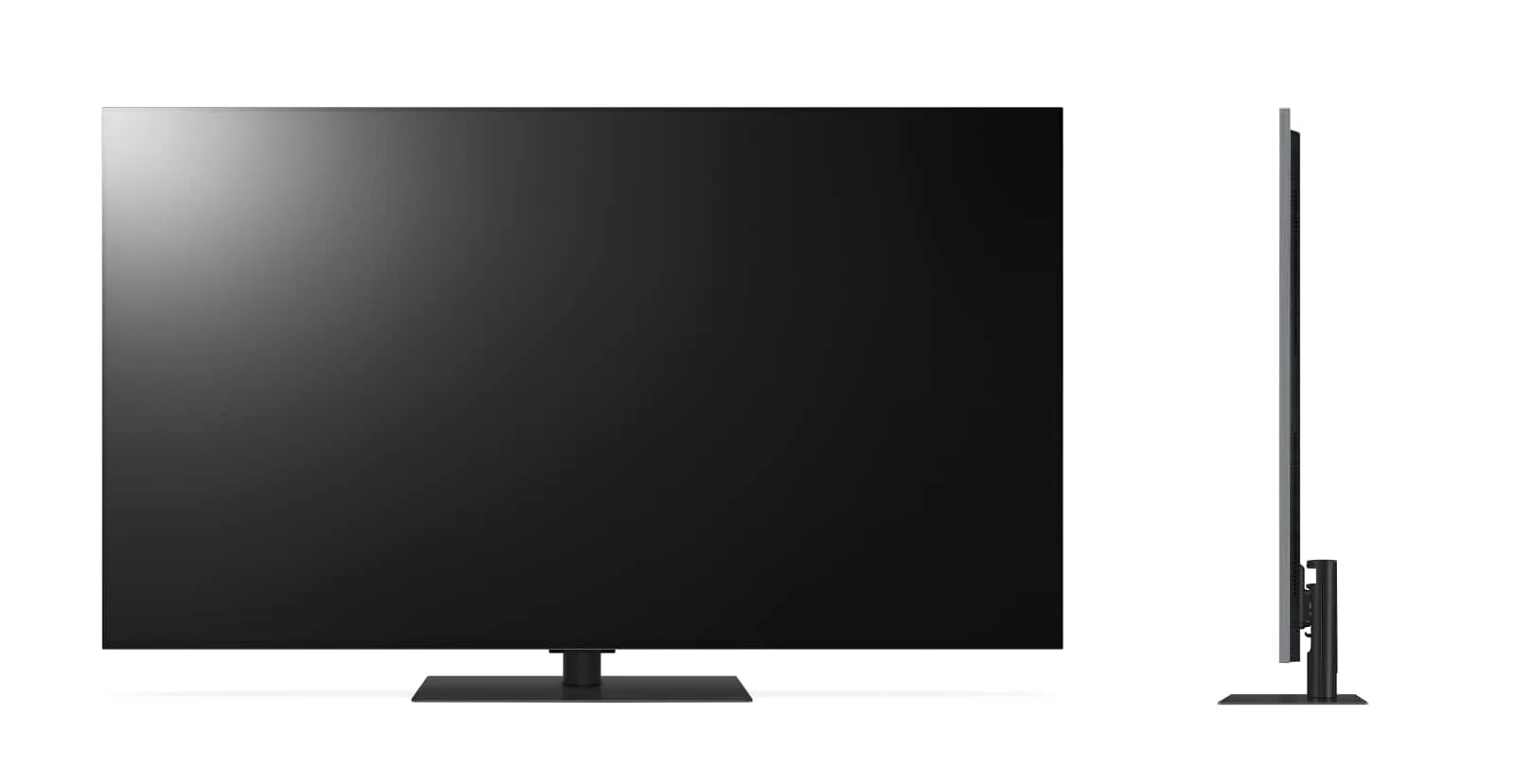
Expect these features in the premium LG G4 OLED Evo, which starts from $4199 for a 55 inch before hitting $9999 for an 83 inch, while the LG C4 OLED Evo will see a bright panel from $2199 in a 42 inch OLED panel, before hitting the middle at $3299 for 55 inches, $4299 for 65 inches, and $5999 for 77 inches.
There are differences between the models, that said, with the LG G4 not just getting more brightness, but faster graphical performance than its predecessor.
And then there’s the flagship OLED, the LG M4.
This year’s exciting expensive TV-that-isn’t-see-through is coming in June, and will cover a 77 inch, 83 inch, and 97 inch option, each of which will need a power cord, but no cord to the source box.
That’s because the OLED Evo M4 will use a wireless source box, the Zero Connect Box, allowing you to place the TV somewhere, but keep the HDMI inputs somewhere else, a development which could make for fancy TV placement in a home, and potential for more interior design around the source of entertainment.
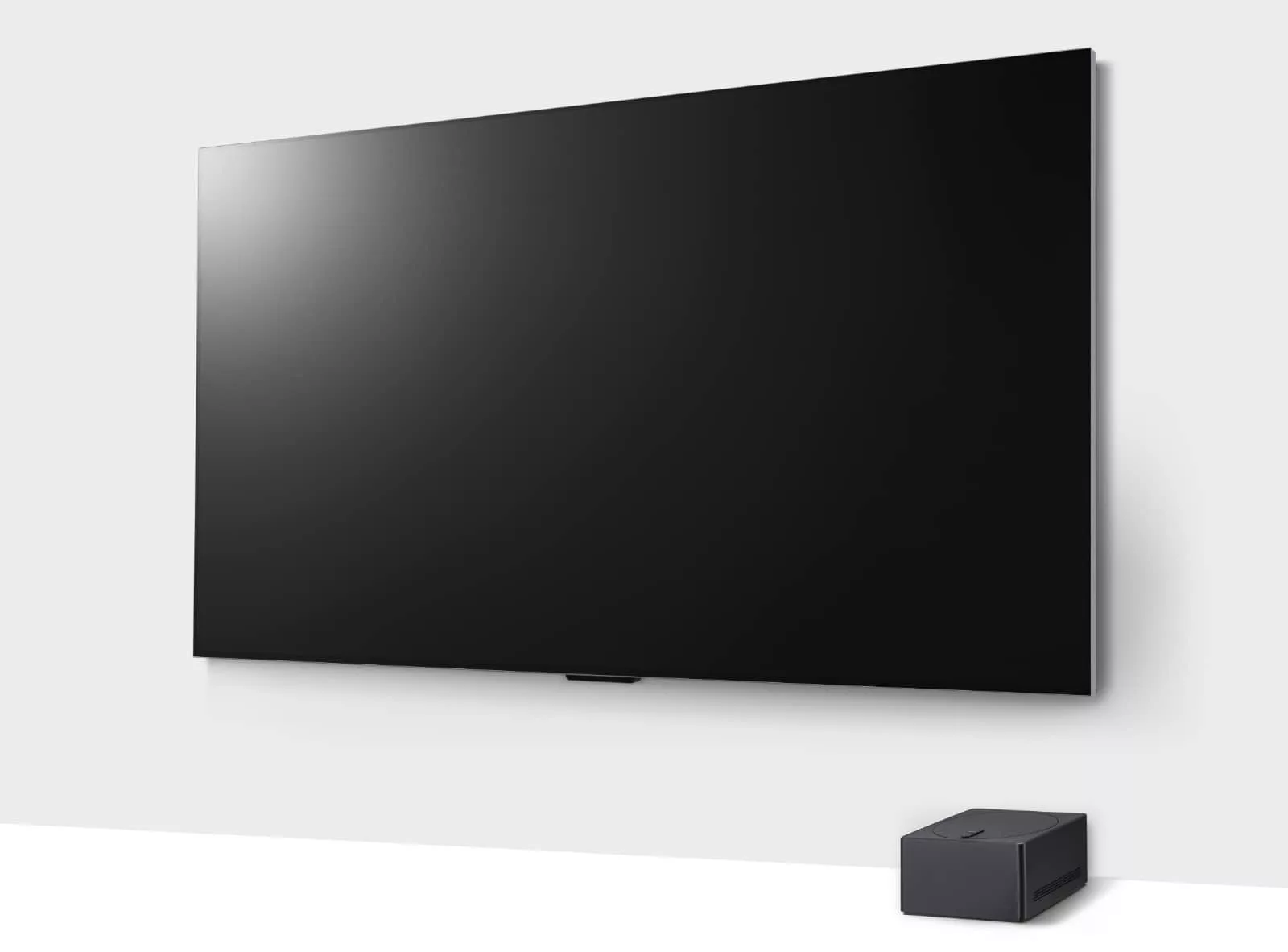
“Over the past few years, we’re seeing an unprecedented surge in entertainment, with blockbuster films on streaming platforms and major sporting events captivating Australians,” said Tony Brown, Marketing Manager for Home Entertainment at LG Australia.
“At LG, our commitment remains firm: delivering premium viewing technologies and seamless access to content Australians know and love,” he said.
LG’s additions to the range also include three soundbars, but there are also updates to webOS, the platform running on LG’s TVs.
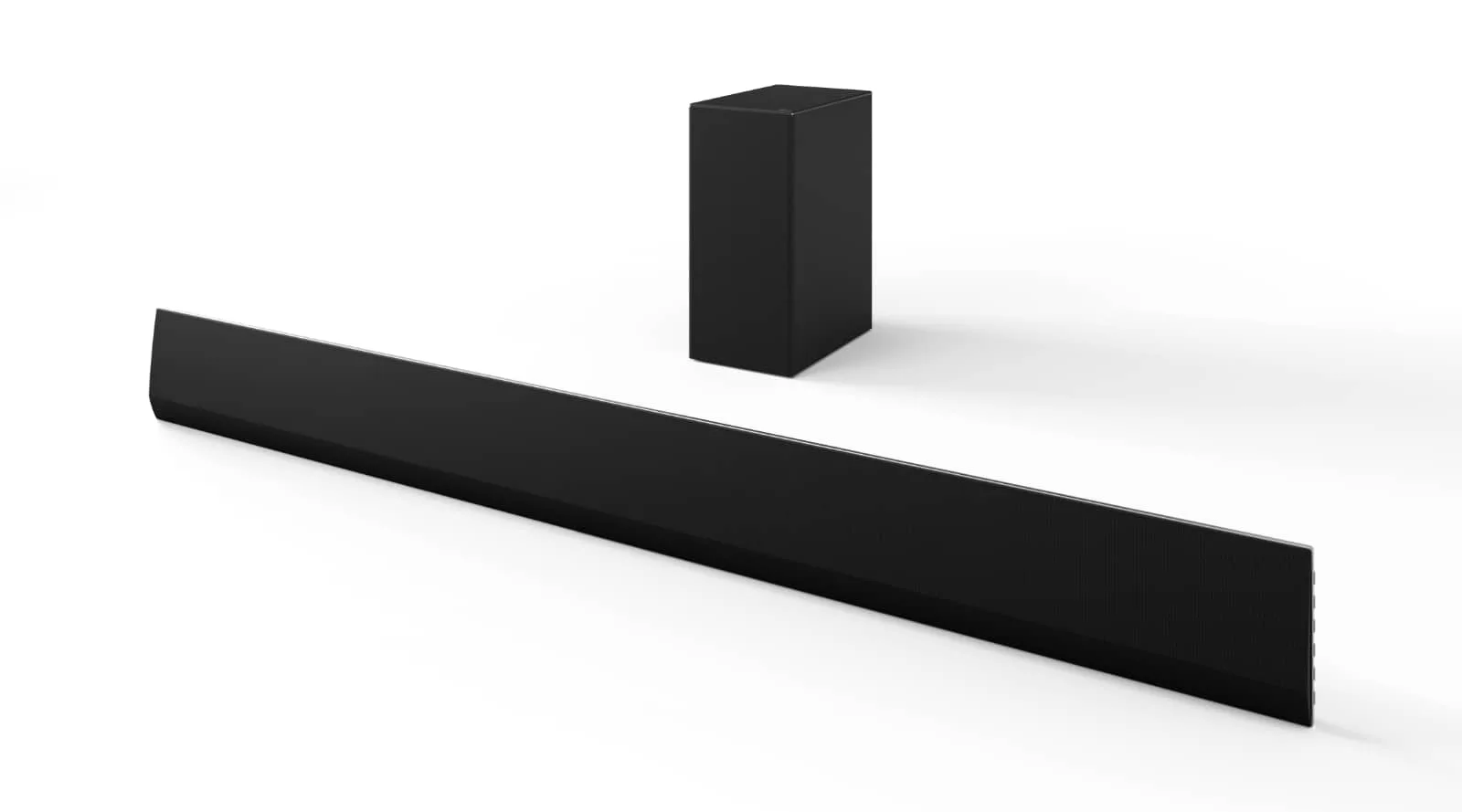
Interestingly, LG appears to be correcting a situation it had for the past few years, where prior TVs wouldn’t be upgraded to the latest versions. It won’t be coming to all TVs, but LG will offer access to updates for webOS starting from 2022 models and continuing on.
What’s more, models will receive updates for up to five years, with the latest version of webOS — webOS 24 — including ways to sort apps and services, while the home screen will provide recommendations based on their tastes.

LG also has a new lifestyle screen on the way to add to its unique set of TVs, with the StanbyMe Go, a variation on its portable StanbyMe TV from last year that throws the technology into a 27 inch TV in a suitcase with a battery. Aside for a play on words, StanbyMe Go also aims to support a mode for gaming, with a table mode that turns the TV into a flat digital board game of sorts.
Like the transparent OLED TV, StanbyMe Go is a little further away, set to be available from September. Most of the rest of the 2024 LG TV range is a little closer, rolling out from March and April, with the more premium M4 OLED in June.


